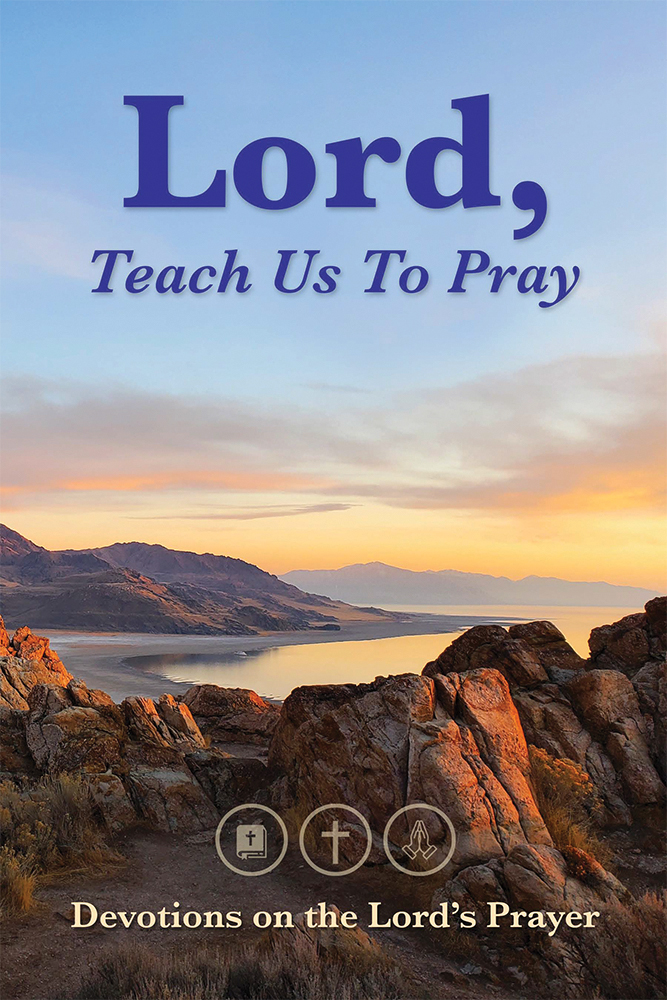
Dr. Sue Holtz is the author of our feature article this month. For several years, Dr. Holtz served as the Director of Technology Integration and Support at Wisconsin Lutheran Seminary. She received her doctorate in Leadership for the Advancement of Learning and Service from Cardinal Stritch University in 2004. The topic of her dissertation was Nurturing Cooperative Learning Online. Her background is in teaching business communications at the University of Wisconsin-Whitewater. She has also taught technology courses at various colleges.
Even the most gifted presenter needs a break. The psalmist says, “I praise you because I am fearfully and wonderfully made; your works are wonderful, I know that full well” (Psalm 139:14, emphasis added). Neuroscience research tells us that God made our brains to need a break after about 20 minutes of lecture. After 20 minutes of listening to you, it is time to change things up and give your learners a break to help them retain what they have learned.
Teaching, or reteaching, is one of the best ways for us to learn. Studies show that when we are listening, we use about 5 percent of our brain, but when we teach, we use about 90 percent. Do you have a lot of material you want them to synthesize but not a lot of time? Divide your class into groups. Research tells us that the most efficient discussion group contains an odd number of members, with three to five being the optimal size. There are two discussion methods that are great for small group discussion and synthesis. One is the Jigsaw method. The other is Think-Pair-Share.
The Jigsaw method is a good way to help your students get an overview of a large topic. Let’s say you want to review the Sermon on the Mount (Matthew chapters 5–7) with your Bible study group. Since the Sermon on the Mount covers three chapters, you create groups of three. For our purposes, we have three groups of three—we’ll call the groups Mark, Luke, and John. Assign each person in these groups to become the expert on one of the three chapters. Give them some time to read through their assigned chapters.
Now bring the Matthew chapter 5 experts together into a temporary group. Do the same with the Matthew chapters 6 and 7 experts. While in these small groups, the experts discuss the main points or theme of their assigned chapter. Together they plan a short presentation on the theme to be delivered to their original group. While they are discussing, you the leader should float around the room, eavesdropping and encouraging, making sure they are on the right track.
When you feel they have had enough time to develop their presentations, bring them back into their Mark, Luke, and John groups. Have the experts share in their group the presentation they developed. Other members of the group are encouraged to ask questions and, once again, you float around the room to observe the discussions, intervening only when necessary.
After the presentations have been given in the small groups, test your Bible study group. A great low-stakes way to determine if they learned what you intended them to learn is to provide the opportunity for them to answer a quick question using their cell phone, tablet, or computer. Use the free audience response system from polleverywhere.com to get feedback from your students. It provides the tools for you to electronically ask your students questions and then display the aggregate responses in your presentation. You can get responses from 25 people for free on this site.
Another good discussion tool is the Think-Pair-Share method. It could be a great tool to use in a mission outreach training session. Using this method, students are first asked to work on their own and think about an issue they might encounter during their outreach. Give them a few minutes to come up with some possible solutions. Now pair them with another student and ask the two to discuss their answers and cooperatively develop a solution. These groups are then asked to return to the entire class and share their solutions. These are just a few of the tools you can use for active learning in your Bible studies or classrooms. I encourage you to give them a try and adjust them to fit your teaching style.

